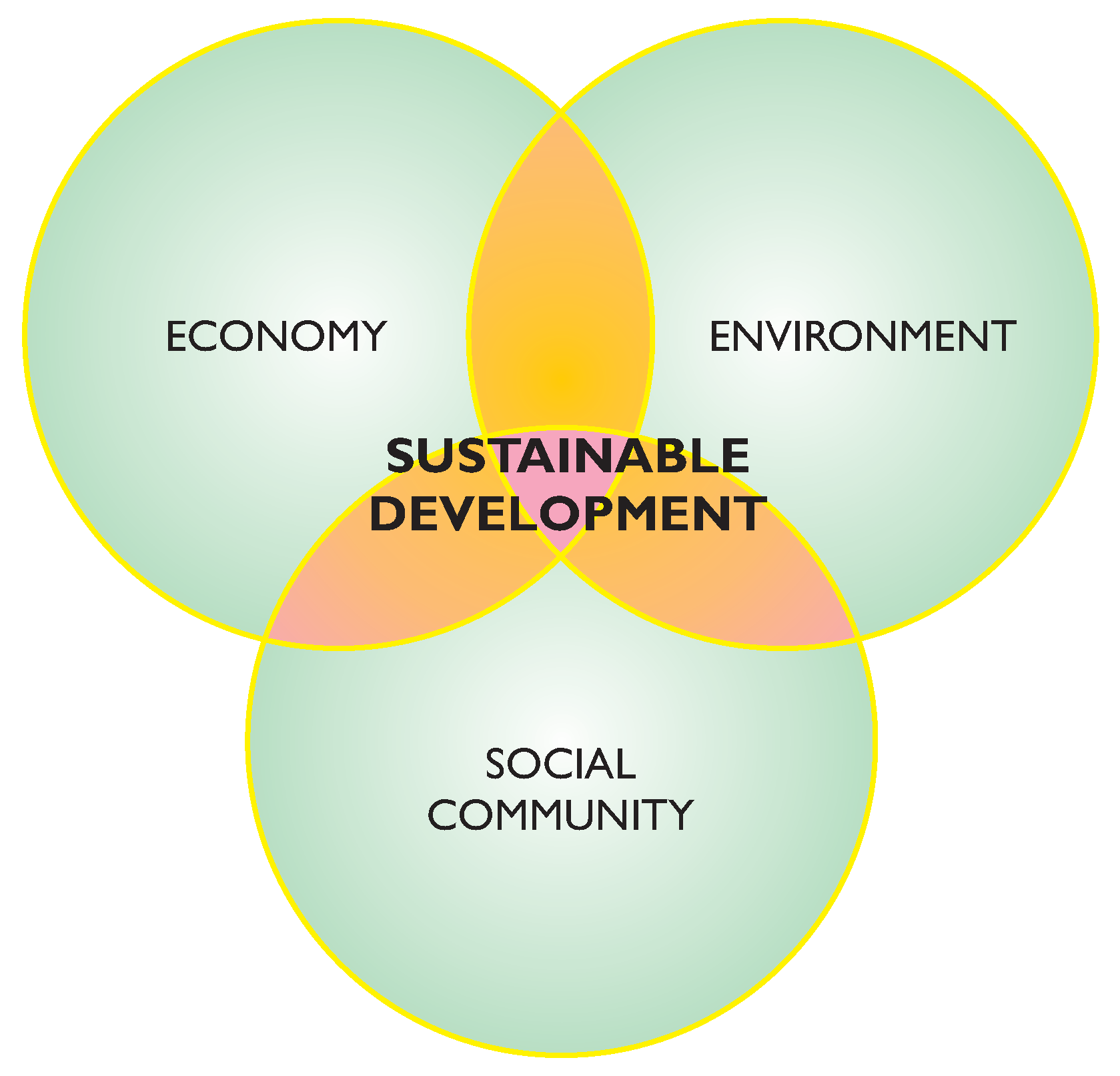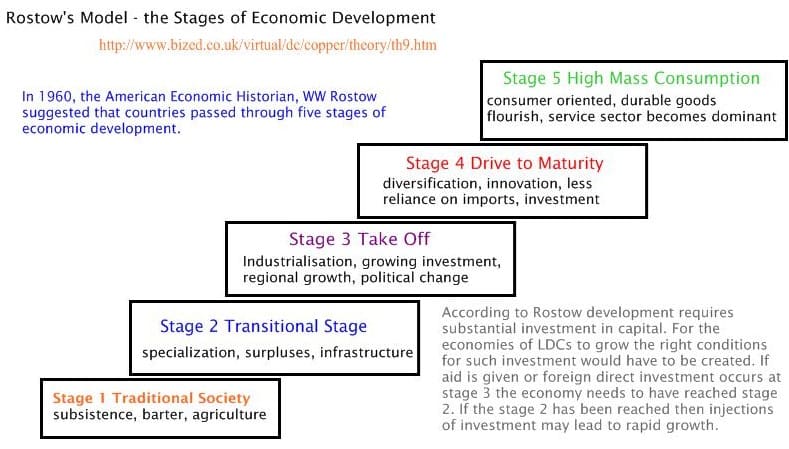Factors that affect development, including:
Access to resources, energy, history, trade imbalances, population growth, education and training, natural resource limitations and environmental degradation
(explore the complexity and inter-related nature of these factors)
Development models:
Free market models:
Rostow’s model
1. Traditional society
2. Preconditions for take-off
3. Take-off
4. Drive to maturity
5. Age of High mass consumption
Rostow’s Model limitations and criticisms:
- Too simplistic
- Implies that a country’s economic conditions will invariably improve over time, which has clearly not been the case in most of the developing world
- Suggests that all countries will imitate the economic experiences of Europe and America, but in reality, the economies of the developing world are far too diverse to make such an assumption.
- The stages Rostow describes may not be as distinct as he implies. They may overlap.
Core and periphery models with their application at different scales
Core–periphery model is based on the idea that as one region or state expands in economic prosperity, it must engulf regions nearby to ensure ongoing economic and political success. The area of high growth or former high growth becomes known as the core, and the neighbouring area is the periphery. Cores and peripheries can be towns, cities, states, or nations.
http://en.wikipedia.org/wiki/Core%E2%80%93periphery
Sustainability models with their economic, social, and environmental elements
Sustainable development is a way for people to use resources without the resources running out.

Community based development, including approaches to rural and urban development
(with examples from around the world).
